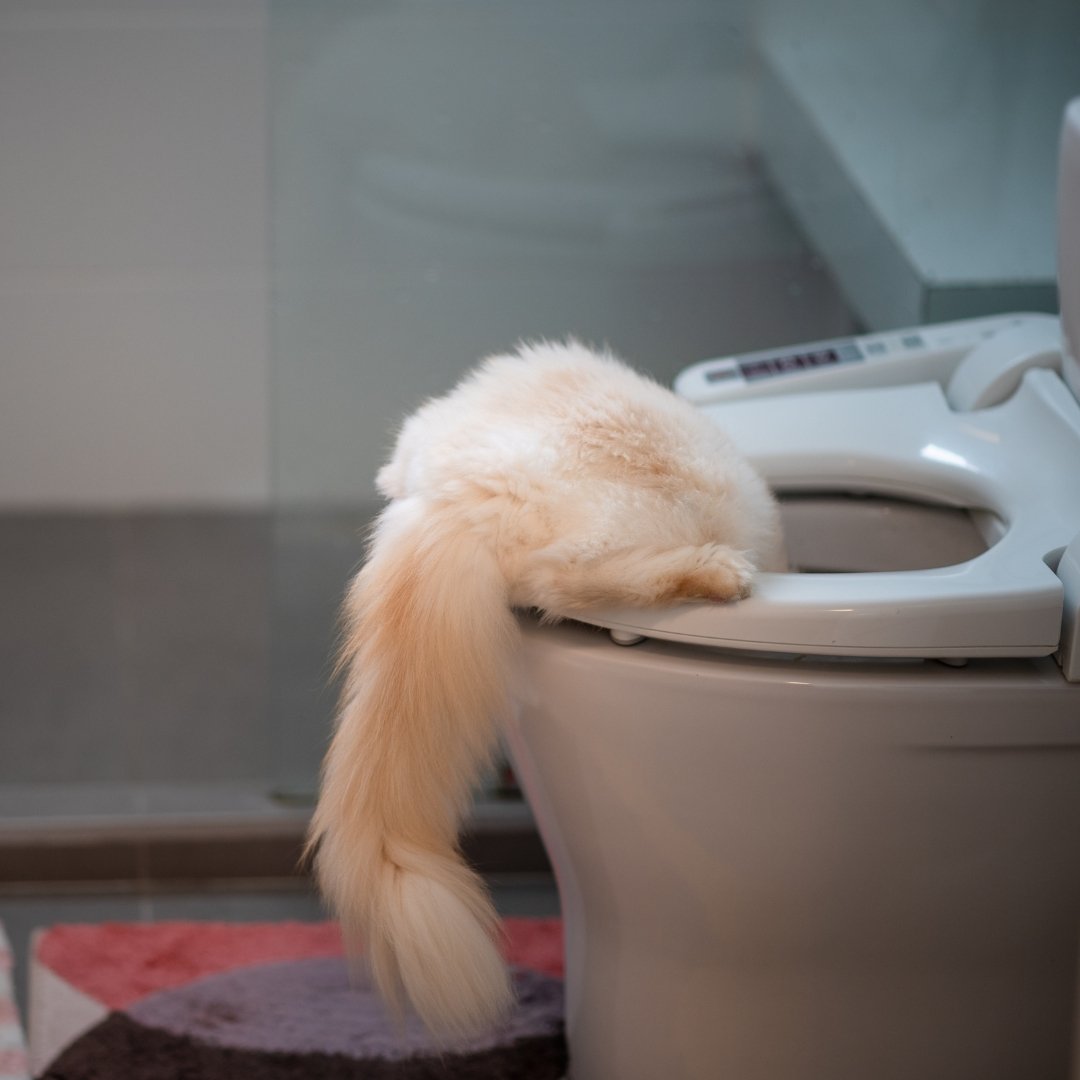Dangers of Flushing Cat Poop in Your Toilet - Precautionary Measures
Dangers of Flushing Cat Poop in Your Toilet - Precautionary Measures
Blog Article
Nearly everybody may have their personal concepts on the subject of Can You Flush Cat Poop Down The Toilet?.

Intro
As pet cat owners, it's vital to be mindful of exactly how we get rid of our feline friends' waste. While it might seem convenient to flush feline poop down the commode, this method can have destructive consequences for both the setting and human wellness.
Ecological Impact
Purging cat poop introduces damaging microorganisms and parasites right into the water, presenting a considerable threat to water ecosystems. These pollutants can adversely influence aquatic life and concession water quality.
Health Risks
Along with ecological issues, purging cat waste can also pose health risks to people. Cat feces might consist of Toxoplasma gondii, a parasite that can cause toxoplasmosis-- a potentially serious illness, specifically for expecting women and people with weakened immune systems.
Alternatives to Flushing
Fortunately, there are safer and much more responsible ways to throw away cat poop. Think about the following choices:
1. Scoop and Dispose in Trash
The most typical technique of getting rid of cat poop is to scoop it into a biodegradable bag and throw it in the trash. Make certain to utilize a committed litter scoop and get rid of the waste promptly.
2. Usage Biodegradable Litter
Go with naturally degradable pet cat clutter made from products such as corn or wheat. These trashes are environmentally friendly and can be safely thrown away in the trash.
3. Bury in the Yard
If you have a yard, take into consideration hiding pet cat waste in an assigned location away from veggie yards and water sources. Be sure to dig deep adequate to prevent contamination of groundwater.
4. Mount a Pet Waste Disposal System
Invest in an animal waste disposal system particularly designed for feline waste. These systems use enzymes to break down the waste, reducing smell and ecological impact.
Conclusion
Liable pet dog possession expands beyond giving food and shelter-- it additionally includes proper waste administration. By avoiding flushing feline poop down the bathroom and opting for alternate disposal approaches, we can reduce our ecological impact and shield human wellness.
Why Can’t I Flush Cat Poop?
It Spreads a Parasite
Cats are frequently infected with a parasite called toxoplasma gondii. The parasite causes an infection called toxoplasmosis. It is usually harmless to cats. The parasite only uses cat poop as a host for its eggs. Otherwise, the cat’s immune system usually keeps the infection at low enough levels to maintain its own health. But it does not stop the develop of eggs. These eggs are tiny and surprisingly tough. They may survive for a year before they begin to grow. But that’s the problem.
Our wastewater system is not designed to deal with toxoplasmosis eggs. Instead, most eggs will flush from your toilet into sewers and wastewater management plants. After the sewage is treated for many other harmful things in it, it is typically released into local rivers, lakes, or oceans. Here, the toxoplasmosis eggs can find new hosts, including starfish, crabs, otters, and many other wildlife. For many, this is a significant risk to their health. Toxoplasmosis can also end up infecting water sources that are important for agriculture, which means our deer, pigs, and sheep can get infected too.
Is There Risk to Humans?
There can be a risk to human life from flushing cat poop down the toilet. If you do so, the parasites from your cat’s poop can end up in shellfish, game animals, or livestock. If this meat is then served raw or undercooked, the people who eat it can get sick.
In fact, according to the CDC, 40 million people in the United States are infected with toxoplasma gondii. They get it from exposure to infected seafood, or from some kind of cat poop contamination, like drinking from a stream that is contaminated or touching anything that has come into contact with cat poop. That includes just cleaning a cat litter box.
Most people who get infected with these parasites will not develop any symptoms. However, for pregnant women or for those with compromised immune systems, the parasite can cause severe health problems.
How to Handle Cat Poop
The best way to handle cat poop is actually to clean the box more often. The eggs that the parasite sheds will not become active until one to five days after the cat poops. That means that if you clean daily, you’re much less likely to come into direct contact with infectious eggs.
That said, always dispose of cat poop in the garbage and not down the toilet. Wash your hands before and after you clean the litter box, and bring the bag of poop right outside to your garbage bins.
https://trenchlesssolutionsusa.com/why-cant-i-flush-cat-poop/

I came across that blog entry on Can You Flush Cat Poop Down The Toilet? while doing a search on the web. Are you aware of somebody else who is involved in the subject? Why not promote it. I truly appreciate reading our article about Can You Flush Cat Poo or Litter Down the Toilet?.
Set An Appointment Report this page